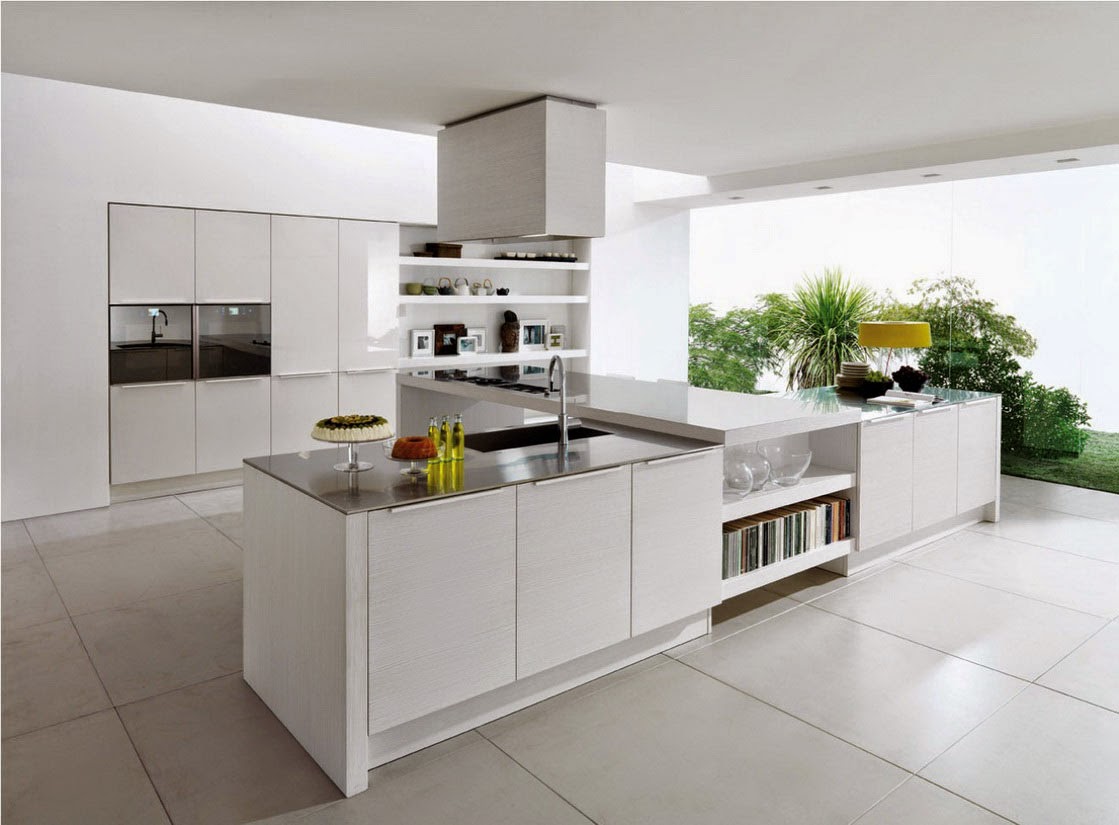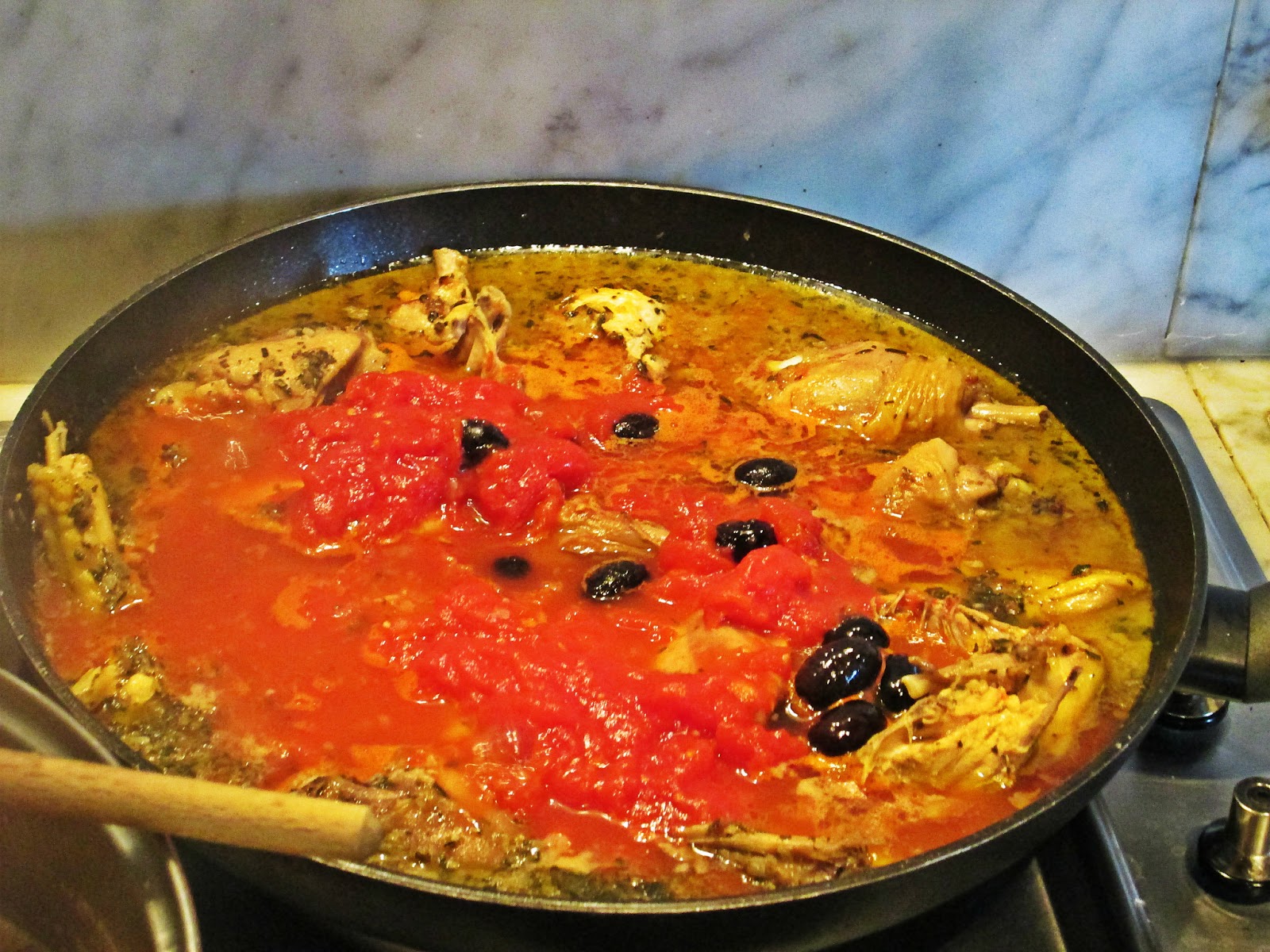Modern kitchen design focuses on sleek and streamlined elements, with clean lines and minimalistic features. Functionality is a key aspect of modern kitchen design, with a focus on efficiency and organization. This style often incorporates high-tech appliances and innovative materials to create a futuristic look. Neutral colors and geometric shapes are commonly used in modern kitchen design, giving it a sophisticated and contemporary feel.Modern Kitchen Design
Contemporary cooking style is all about versatility and creativity. It combines different cultural influences and cooking techniques to create unique and innovative dishes. Fresh ingredients and bold flavors are key in contemporary cooking, with a focus on seasonal and local produce. This style also encourages experimentation and adaptation, allowing chefs to put their own spin on traditional recipes.Contemporary Cooking Style
Traditional kitchen design is all about comfort and familiarity. It incorporates classic elements such as ornate details, rich colors, and elaborate fixtures to create a warm and inviting space. Functionality is also important in traditional kitchen design, with a focus on practicality and convenience. This style often incorporates wooden cabinets and cozy seating areas to create a traditional and homey atmosphere.Traditional Kitchen Design
The Mediterranean cooking style is inspired by the cuisine of countries bordering the Mediterranean Sea, such as Italy, Greece, and Spain. It is characterized by the use of fresh herbs, olive oil, and seafood, and a focus on simple and fresh ingredients. This style also incorporates grilled and roasted dishes, as well as bold spices to create flavorful and healthy meals.Mediterranean Cooking Style
Farmhouse kitchen design is all about rustic and charming elements. It incorporates wooden and aged materials, as well as country-inspired decor to create a cozy and homely space. This style also focuses on functionality, with a mix of open shelving and closed cabinets to showcase both decorative and practical items. Farmhouse cooking style often incorporates simple and hearty dishes, using fresh and local ingredients.Farmhouse Kitchen Design
Asian cooking style encompasses a wide range of cultural influences, including Chinese, Japanese, Thai, and Indian cuisines. It often incorporates spices, herbs, and exotic ingredients to create flavorful and aromatic dishes. This style also emphasizes balance, with a mix of sweet, sour, salty, and spicy flavors in each dish. Asian kitchen design also focuses on efficiency and simplicity, with minimalistic and functional features.Asian Cooking Style
Industrial kitchen design is inspired by the utilitarian and functional elements of industrial spaces, such as factories and warehouses. This style often incorporates raw and unfinished materials, such as exposed brick and metal, to create a modern and edgy look. It also emphasizes efficiency, with open shelving and large workspaces for easy access to cooking and storage. Industrial cooking style often focuses on bold and robust flavors.Industrial Kitchen Design
The French cooking style is known for its elegance and sophistication. It incorporates rich and indulgent ingredients, such as butter and cream, to create decadent and flavorful dishes. This style also focuses on presentation, with a focus on plating and garnishes to create visually appealing meals. French kitchen design often incorporates antique and ornate elements, with a mix of classic and modern features.French Cooking Style
Minimalist kitchen design focuses on simplicity and cleanness. It incorporates simple and straightforward design elements, with a focus on functionality and efficiency. This style often incorporates sleek and modern materials, such as stainless steel and concrete, to create a minimalistic and contemporary look. Minimalist cooking style also focuses on health and wellness, with a emphasis on fresh and nutritious ingredients.Minimalist Kitchen Design
Italian cooking style is all about simplicity and quality. It focuses on fresh and seasonal ingredients, such as tomatoes and olive oil, to create flavorful and authentic dishes. This style also incorporates family and community, with a focus on sharing and enjoying meals together. Italian kitchen design often incorporates warm and inviting elements, such as wooden and earthy tones, to create a cozy and traditional feel.Italian Cooking Style
Transforming Your Kitchen: The Perfect Balance of Design and Cooking Style

Creating a kitchen that is both functional and visually appealing can be a daunting task. With so many design options and cooking styles to choose from, it can be overwhelming to know where to begin. But fear not, with the right approach and a bit of creativity, you can transform your kitchen into a space that not only meets your cooking needs but also reflects your personal style.

Kitchen design is more than just choosing colors and materials. It involves careful planning and consideration of the layout, storage, and lighting. The layout of your kitchen is crucial as it determines the flow and functionality of the space. A well-designed kitchen should have a logical workflow, with the sink, stove, and refrigerator forming a triangle for easy movement between tasks. This also applies to the placement of cabinets and countertops, ensuring that everything is within reach while preparing meals.
Storage is another important aspect of kitchen design. Having enough storage space is essential for keeping your kitchen organized and clutter-free. Consider incorporating different types of storage, such as cabinets, shelves, and drawers, to accommodate your cooking style and needs. For example, if you love to bake, having a designated cabinet for your baking supplies and equipment can make your life much easier.
Lighting is often an overlooked element in kitchen design, but it can make a significant impact on the overall aesthetic and functionality of the space. Natural light is always the best option, as it not only brightens up the room but also creates a sense of openness. If natural light is limited, consider installing task lighting under cabinets and ambient lighting in the ceiling to provide adequate light for cooking and meal prep.
Now that we've covered the basics of kitchen design, let's talk about how to incorporate your cooking style into the design. Your cooking style is a reflection of your personality and preferences, so it's important to consider this when designing your kitchen.
If you love to cook and experiment with different recipes, having a spacious and well-equipped kitchen is essential. Consider adding a large island or extra counter space for meal prep and incorporating a variety of appliances and tools that cater to your cooking style. On the other hand, if you prefer quick and easy meals, having a compact and efficient kitchen with easy-to-reach ingredients and utensils will suit your needs.
Another aspect to consider is your entertaining style . If you love to host dinner parties and gatherings, having a kitchen with an open layout and designated areas for food and beverage stations can make entertaining a breeze. If you prefer intimate dinners with close friends and family, a cozier and more intimate kitchen design may be more suitable.
In conclusion, a successful kitchen design is all about finding the perfect balance between functionality and style. By considering your cooking and entertaining style, as well as incorporating the key elements of layout, storage, and lighting, you can create a kitchen that is not only visually appealing but also caters to your specific needs and preferences.
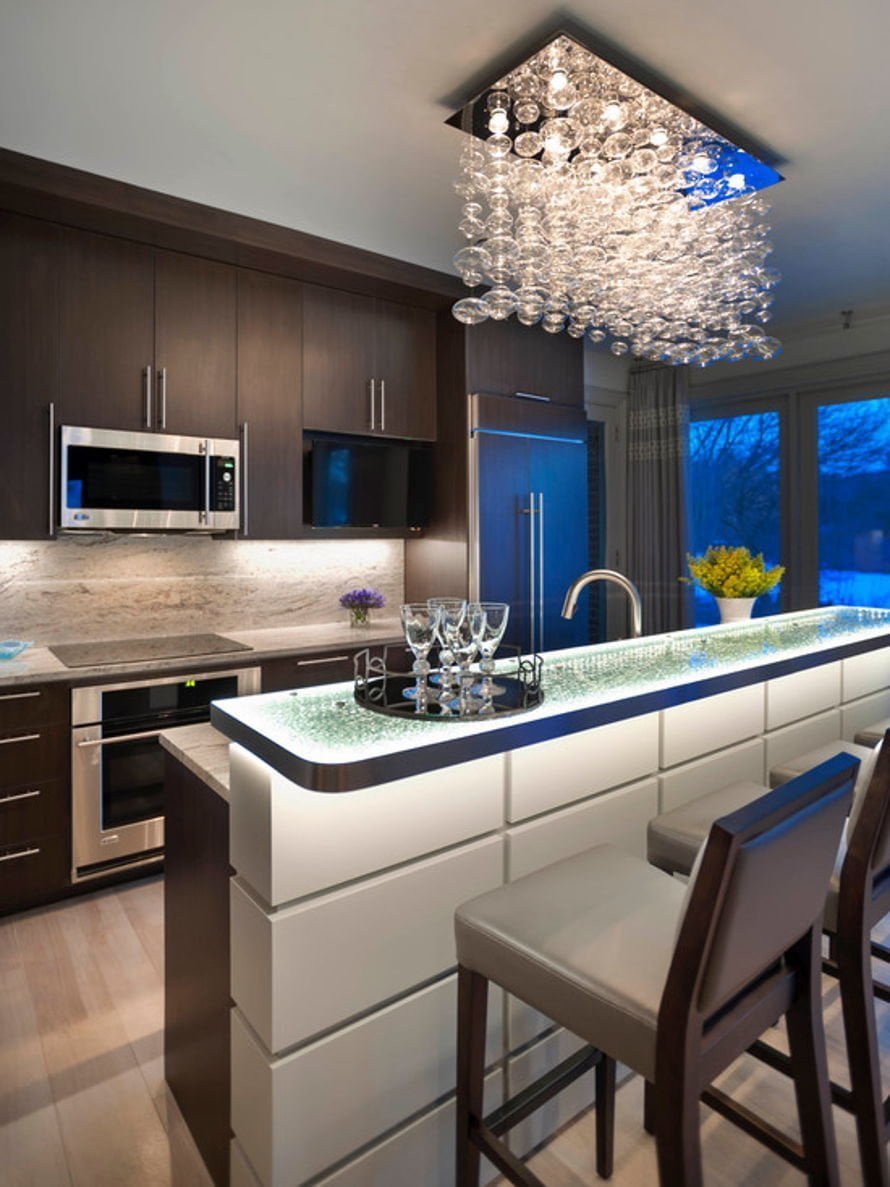





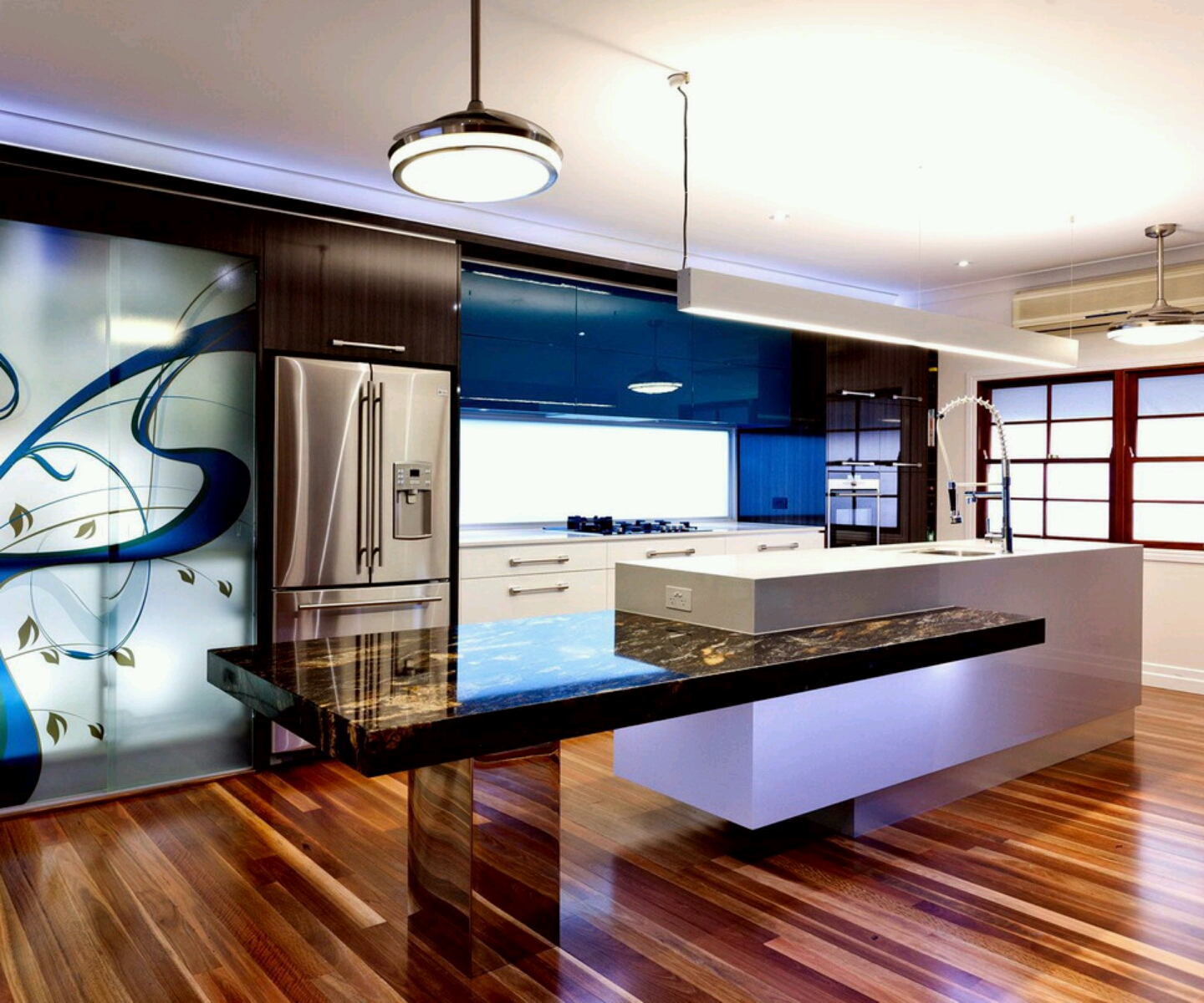









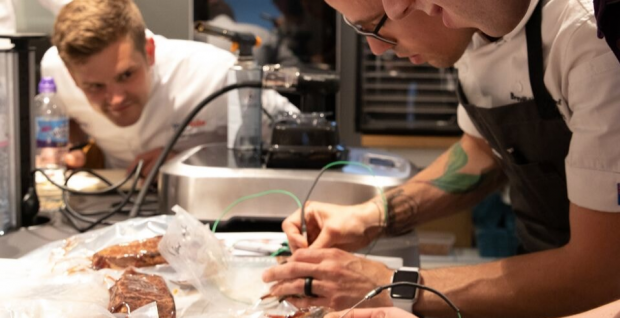



:max_bytes(150000):strip_icc()/CMNaturalDesign_LampResidence_001_v2-1024x822-5c8d4e9146e0fb0001555852.jpg)

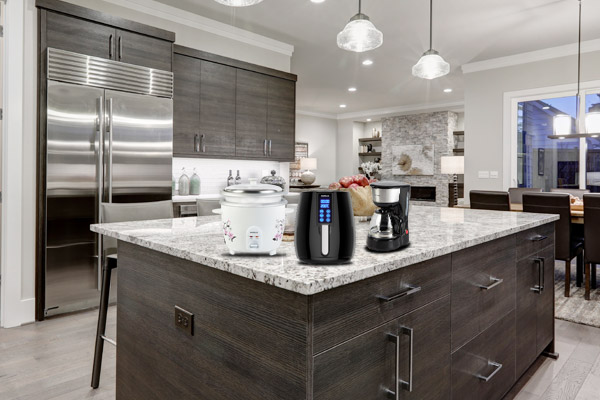









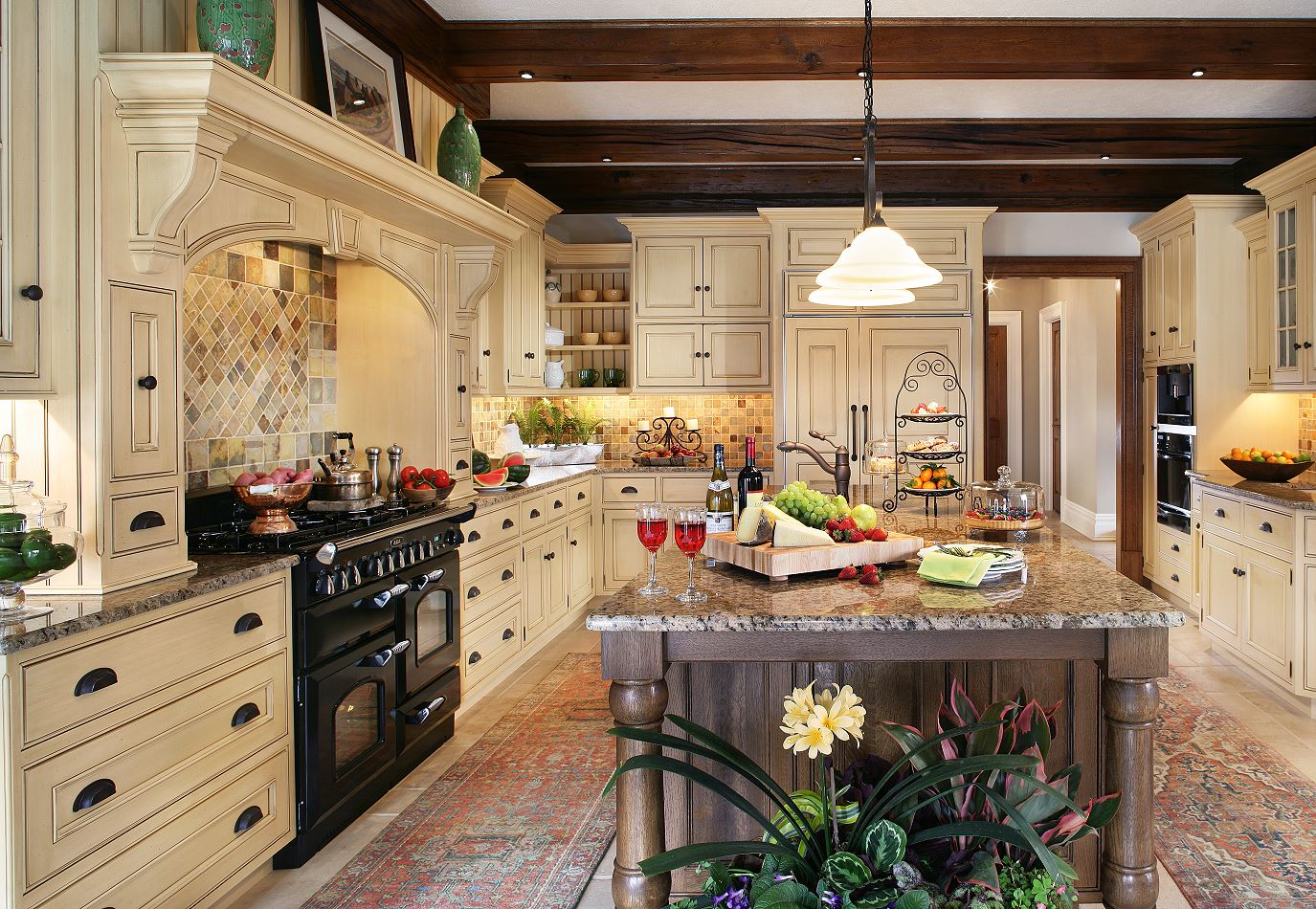





















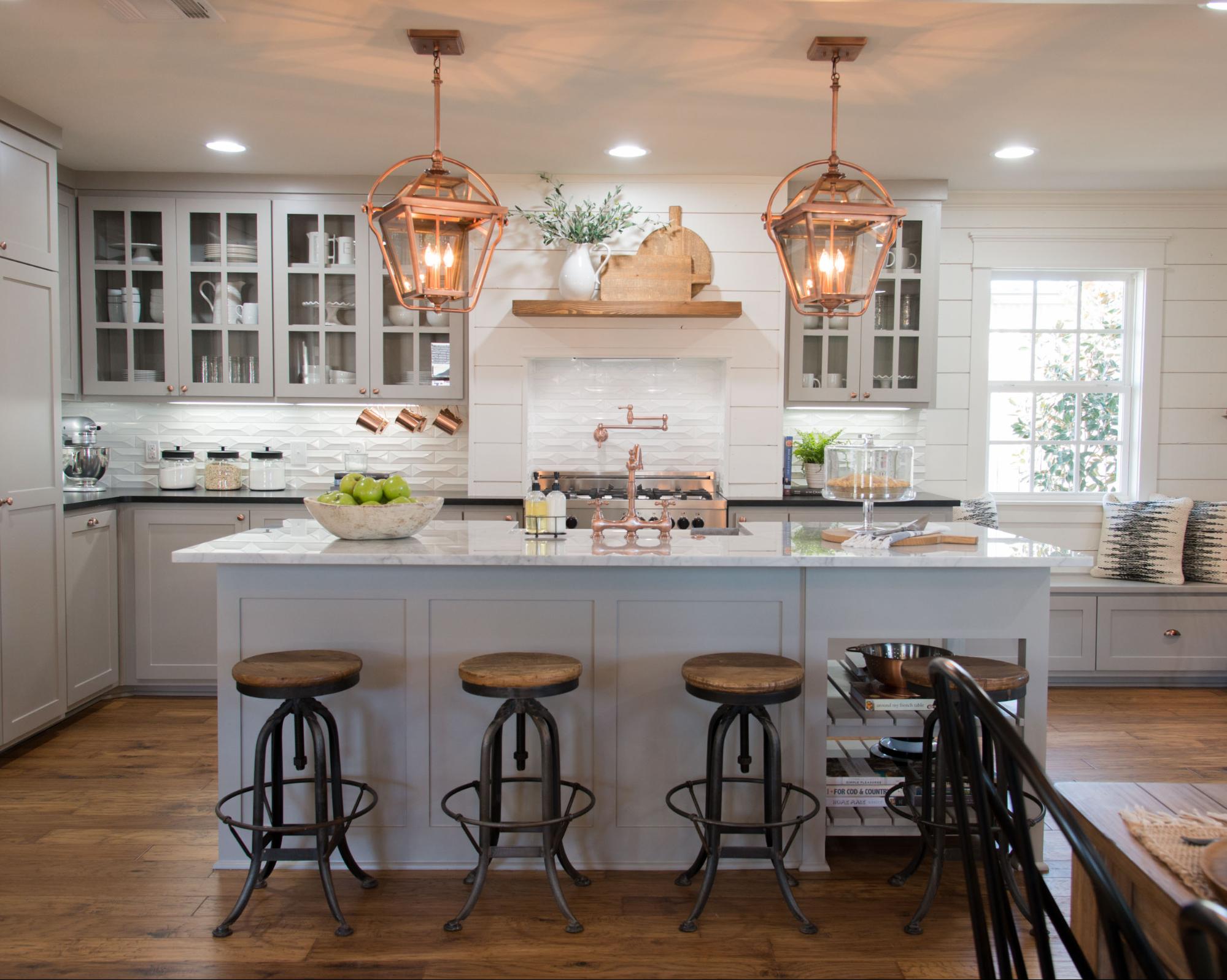















:max_bytes(150000):strip_icc()/GettyImages-653331766-5a5412be9802070037dd0491.jpg)


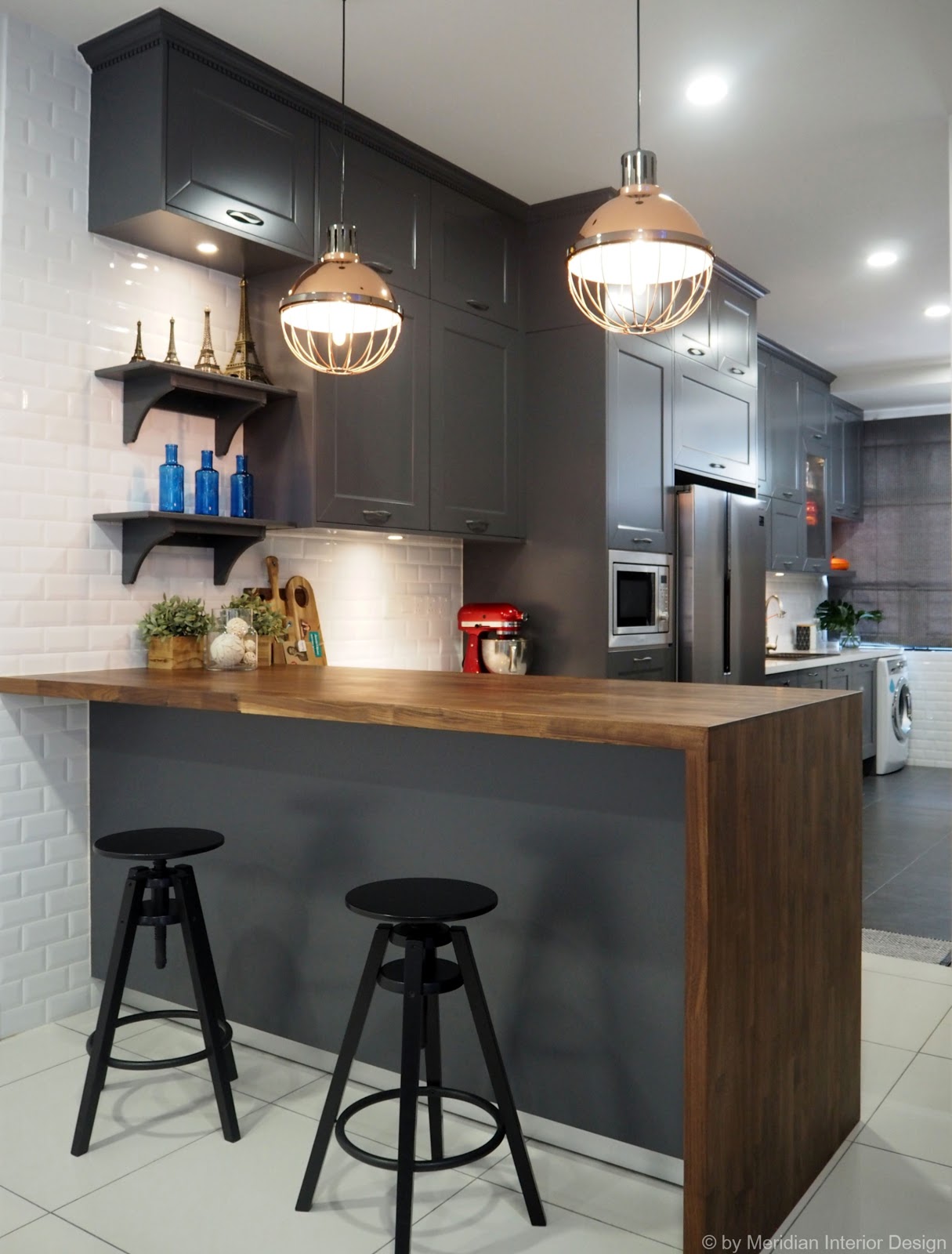


























/LLanzetta_ChicagoKitchen-a443a96a135b40aeada9b054c5ceba8c.jpg)
